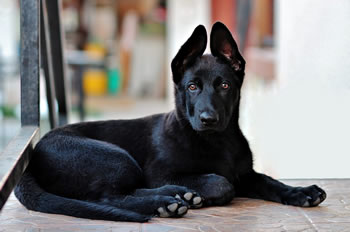Guest Post by: Dirce Guerra
If you consider yourself a pet lover, there’s no doubt that you want the absolute best for your furry, finned, or feathered pals. Whether you have dogs, cats, birds, or other animals, it’s important to make sure that they are safe, happy, and comfortable. After all, your home is their home! Make sure you take a few simple steps to turn your home into a paradise for your pets so they can thrive. When pets are comfortable and happy, they’ll be healthier and likely live longer, too. Read on for some tips that will help you make a few simple changes to create the ultimate pet paradise.
Dogs

Dogs are man’s best friend, and that’s why it’s vital to keep them comfy and happy at home. Here are some tips for setting up a pooch paradise:
- Designate a dog-friendly resting space: Dogs like soft, comfortable areas where they can sleep and feel safe. Create a sleeping spot in your home that’s up to their standards, such as a cozy corner of the living room or perhaps even a spot near your own bed. Dogs prefer natural fabrics like cotton, so look for dog beds made of this or other organic materials. The softer the dog bed, the happier they’ll be.
- Keep their space tidy: Your home is your dog’s territory, so it’s important that they feel free to move around. Keep your home free of clutter, and don’t block your dog’s line of sight. Dogs need to be able to see through doorways and out of windows. A neat, clean space will make your pup comfortable and help them to feel like they’re able to protect their home since they can see any activity that’s going on around them.
- Don’t use cleaning chemicals: Heavy-duty household cleaners often contain harsh, potentially toxic chemicals that can cause health problems in dogs (and other pets). Use cleaners that contain natural ingredients that won’t be dangerous if they’re ingested or breathed in. This won’t just benefit your dog – it will also benefit everyone else in the household, too!
- Avoid using essential oils or strong fragrances: Essential oils can make your home smell wonderful, but they can also be highly toxic to dogs and other pets. Stay away from using any essential oils that can be accidentally ingested or breathed in since they may cause a number of serious health problems for canines and many other animals. Stick to other means of freshening the air in your home, like potpourri or scented candles made without essential oils as fragrance. Certain scents like citrus, ammonia, and perfumes can be upsetting to dogs, even if we humans aren’t bothered by them.
- Designate a place for food and water: It’s in your dog’s instinct to protect his food and water. To make him feel comfortable, select a place in your home that will be used solely for feeding. When you create a “dining space’ for your dog, they’ll feel comfortable and in control of their environment and won’t have to worry about potential “predators” sneaking up and stealing their food.



